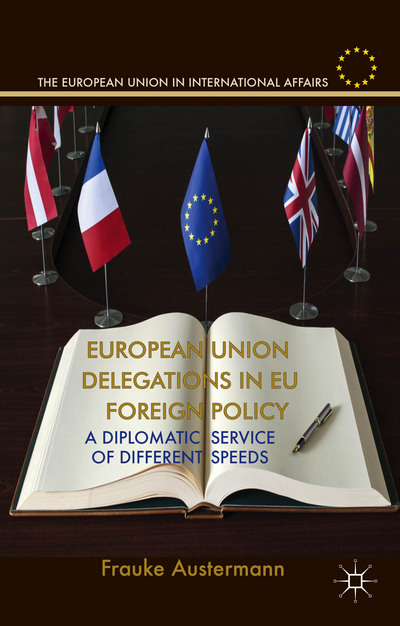European Union Delegations in EU Foreign Policy - A Diplomatic Service of Different Speeds
Frauke AUSTERMANN
Availability: Out of stock - available in 10 open days
- Categories: External Relations
- Publisher: PALGRAVE-MACMILLAN
- Collection: The European Union in International Affairs
- ISBN: 9781137376305
- Publication Date: 01/09/2014
- Binding: Paperback
- Number of pages: 248
Summary
European Union Delegations are an integral part of the EU External Action Service (EEAS) and have constituted the official diplomatic representation of the European Union to countries outside of the EU since the ratification of the Lisbon Treaty in 2009. However, despite these steps towards further political integration, the Treaty of Lisbon has been unable to streamline diplomacy across third states and the EEAS hence remains a diplomatic service of different speeds.
This study considers why the EU centralizes diplomacy more easily in some third countries rather than in others, and offers a systematic answer to this question by analysing the EU Delegations both across time and space, notably by developing a quantitative tool, the EU Diplomacy Centralization Index.
The results show that whilst the EU is adept at centralizing diplomacy in developing countries and – quite surprisingly – in countries of strategic/security importance, it encounters difficulties in doing this with major economic partners.
Table of contents
1. Introduction: European Diplomacy after Lisbon – Different Speeds Instead of One Voice
2. Centralization of European Diplomacy in Theory
3. Diplomatic Representation of the EU over Time
4. Analyzing the Patterns of European Diplomacy Centralization
5. Measuring European Diplomacy Centralization
6. Political Giant, Economic Power, Normative Dwarf: European Diplomacy Centralization across the Globe
7. Conclusion: A Diplomatic Service of Different Speeds
